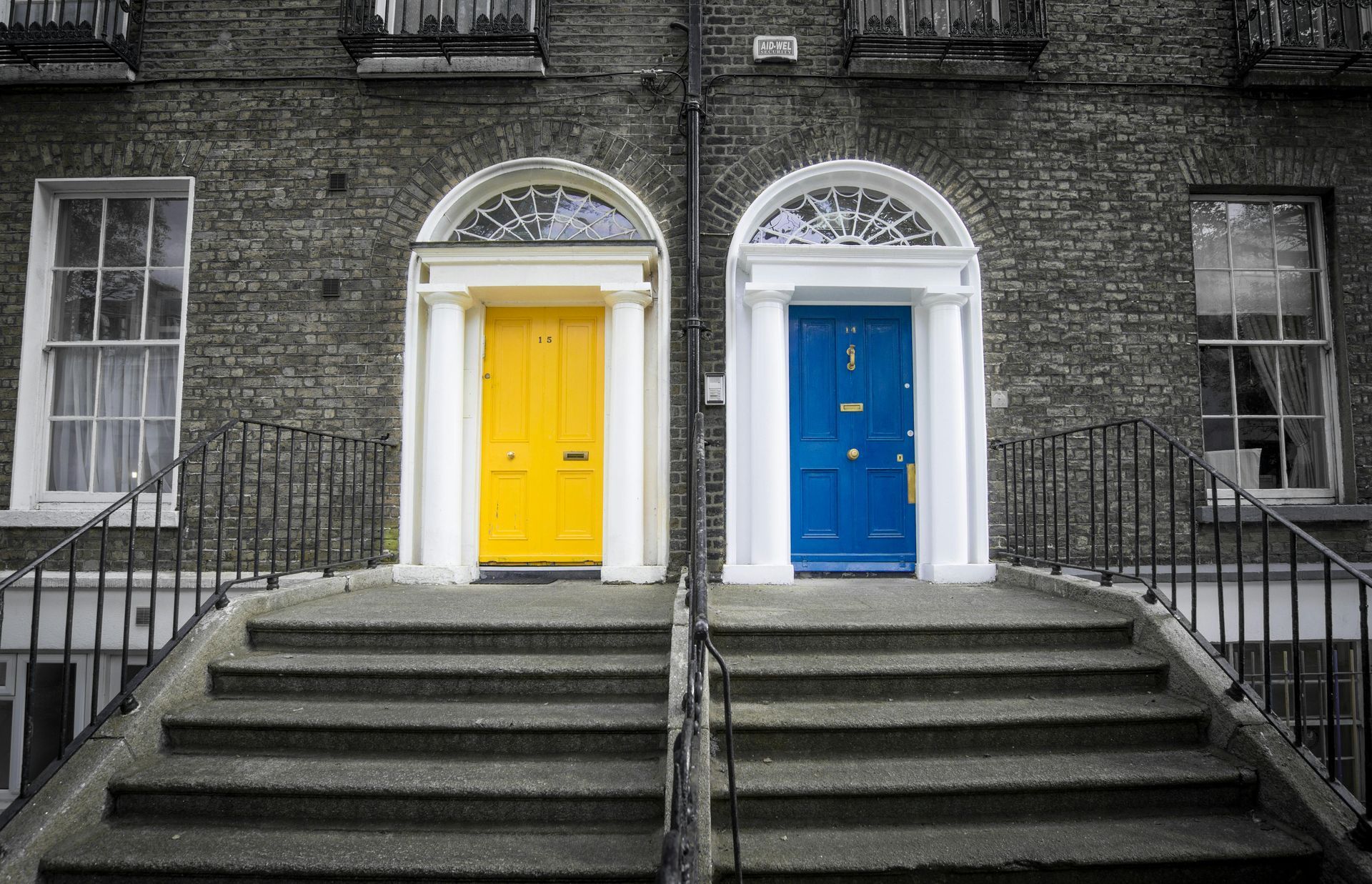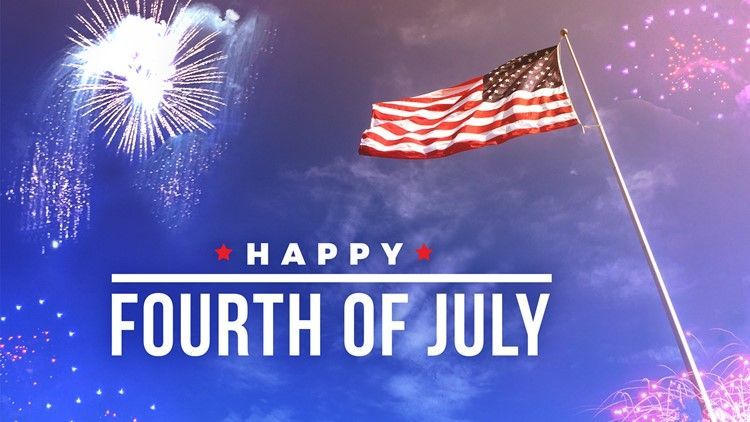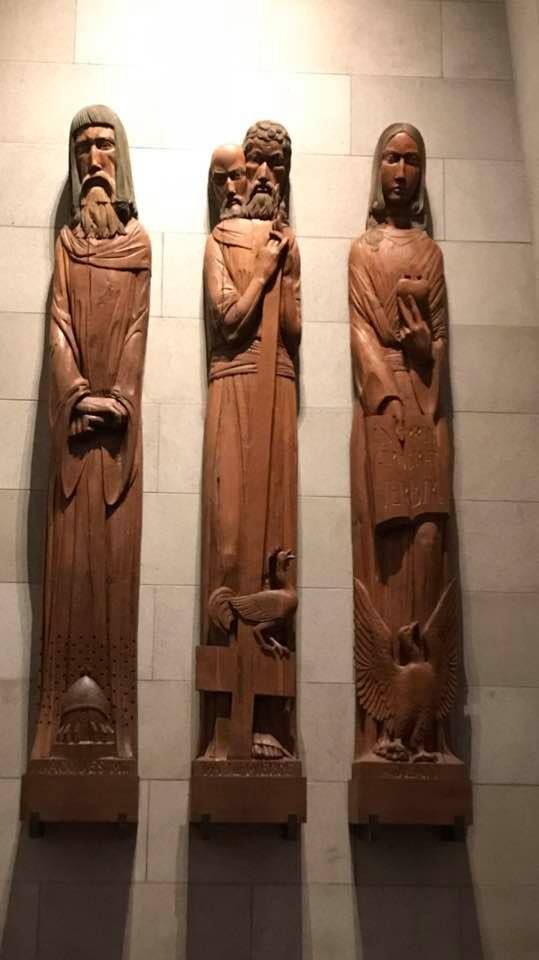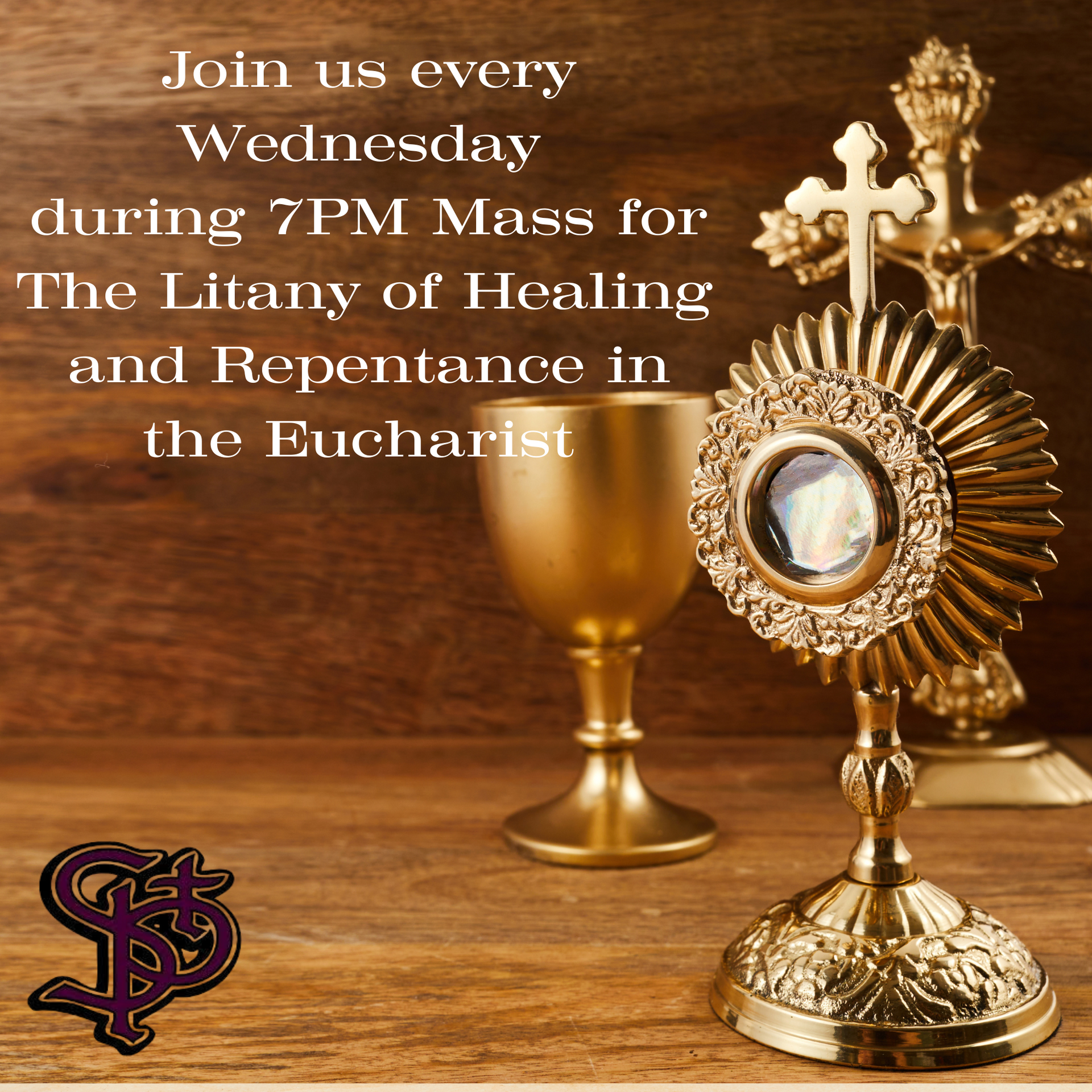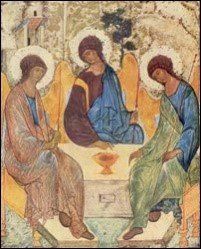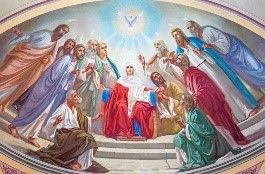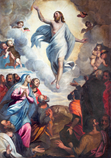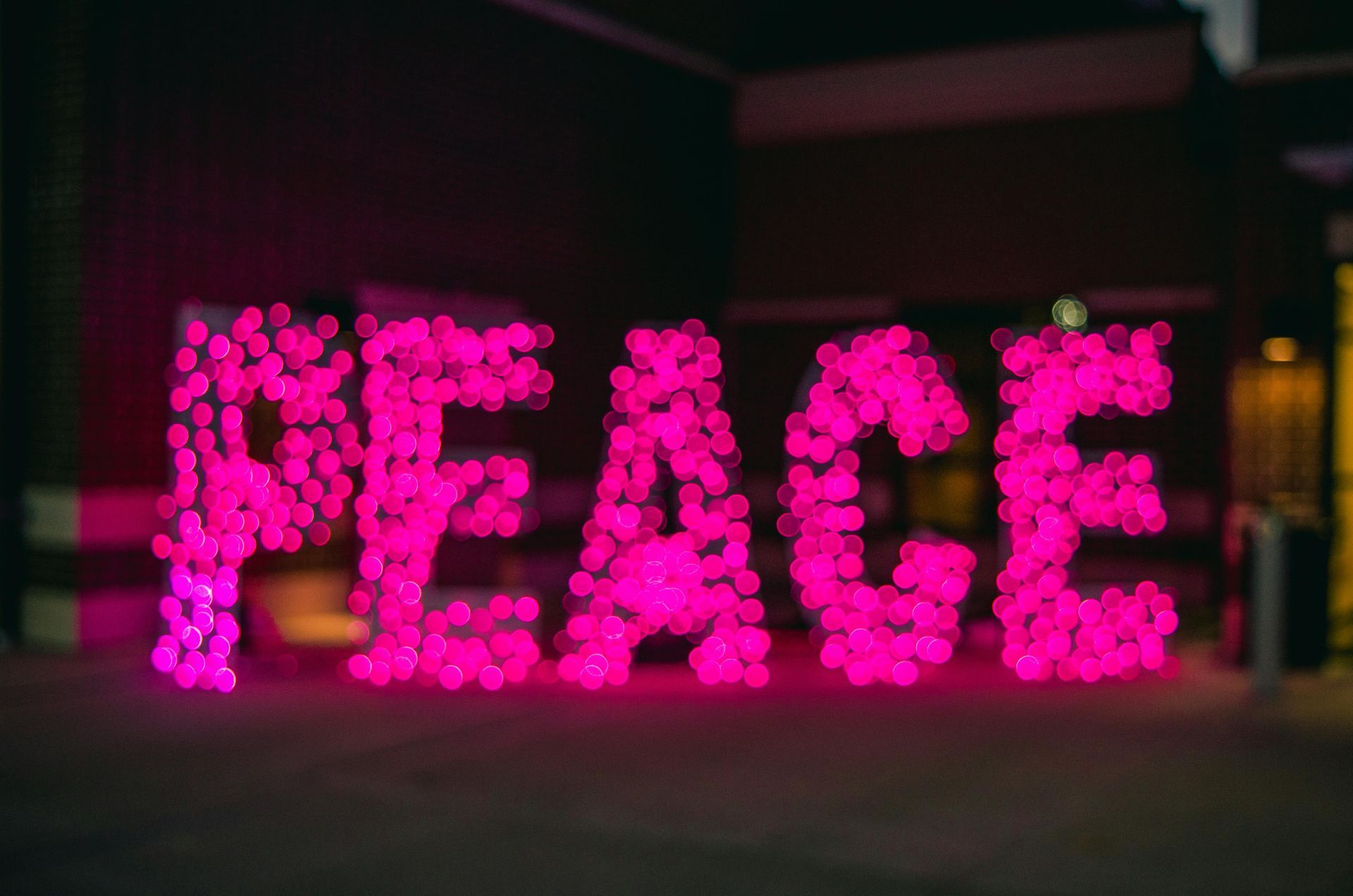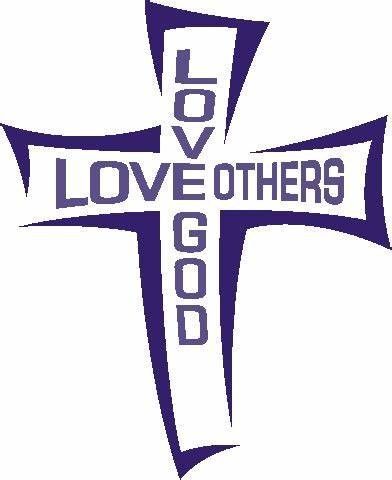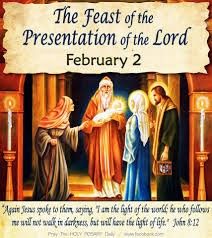
Feast of the Presentation of the Lord on February 2
Predicting His Future
The fall and the Rise of Many in Israel and a Sign of Contradiction
Joke: The rich businessman Raymond goes to meet his new son-in-law-to-be, Ben. He says to Ben, "So, tell me Ben my boy, what you do?" "I study Theology," he replies. "But Ben, you are going to marry my daughter, how are going to feed and house her?" "No problem," says Ben, "I study Theology, and it says God will provide." "But you will have children, how will you educate them?" asks Raymond. "No problem," says Ben, "I study Theology, and it says God will provide." When Raymond returns home, his wife anxiously asks him what Ben is like. "Well," says Raymond, "he's a lovely boy. I only just met him and he already thinks that I'm God."
Prediction, prediction! Today, the Church celebrates the Feast of the presentation of the Lord which originated in the fourth century in Jerusalem, and begins to celebrate in Rome in the middle of the fifth century called the “feast of the Meeting.” The celebration of this feast is to remind us of the presentation of the Lord Jesus into the temple according to the Law of Moses. In this feast of meeting, there were some predictions—the fall and the rise of many in Israel and a sign of contradiction. The prediction of Raymond about his future son-in-law to be might not be true, but these predictions talking about the youth Jesus that will be the cause of the rise and fall of Israel and a sign of contradiction came true when Simeon addressed these predictions to Mary. The questions then were: Who was Simeon? How did he predict what will happen to the Israelites when he saw the youth Jesus brought in by his parents? What did he mean about the rise and the fall of Israel as a sign of contradiction?
Simeon, as reported in today’s Gospel, “was righteous and devout, awaiting the consolation of Israel, and the Holy Spirit was upon him. It had been revealed to him by the Holy Spirit that he should not see death before he had seen the Christ of the Lord.” Since Simeon was a devout and righteous man in front of God’s eyes, he was chosen to see Jesus Christ before his death. He was waiting for the restoration of God’s rule in Israel when there was so much tension among the scribes, the Sadducees, the Pharisees, the Sanhedrin, and the Zealots. Among these religious groups was Roman Empire which caused more tension in Israel. The scribes were considered an authoritative group on the Torah (Jewish law). They were the keepers and interpreters of the Jewish religious tradition. The Sadducees were the priestly class, the Levi. The Pharisees were the ones who knew the laws and strictly observed the laws. The Sanhedrin was the Supreme Court in Ancient Israel. It was a council consisting of priests, elders, and scribes. They were the ones who issued rules that controlled day-to-day Jewish life, but they didn’t have a right to impose the death penalty. The Zealots were the group that went against the Roman Empire. They were not interested in Jesus’ teachings of peace and love for one’s enemies. Simeon was yearning for the restoration of Israel.
According to the laws of Moses, every first male born was brought to the temple to offer to the Lord. For the mother, after forty days since the day of giving birth to her child, she had to go to the temple for her purification according to the dictate of the laws of Moses. Mary and Joseph were devout Jews and faithful observers of the laws of the Lord, the laws of Moses. For her purification, the requirement was to offer a year-old lamb as a burnt offering and a turtledove or young pigeon as an expiation of sin. The woman who could not afford a lamb offered instead two turtledoves or two young pigeons, as Mary did here.
Jesus became the rise and the fall of Israel and a sign of contradiction because he was presented to the temple as a youth from a poor family offering two young pigeons. The Savior that the Israelites were waiting for must be a great man born in a palace or something, and they couldn’t accept Jesus born in a manger and offer in the temple by his poor parents. Jesus, a youth like any other youth, came from poor parents who were the cause of the rise and the fall of Israel and a sign of contradiction was just the beginning. His teaching and his healing with authority were more striking divisions among them. By vesting on himself our very human flesh and blood, his teaching and healing with authority caused more divisions among them. To save the human race, Saint Paul beautifully reminds us through his letter to the Hebrews saying in today’s second reading, “He had to become like his brothers & sisters in every way, that he might be a merciful and faithful high priest before God to expiate the sins of the people.” Jesus, in coming into our human blood and flesh, became like all of us except for sins so to save us from our sins. He was the cause of the rise and the fall of Israel and a sign of contradiction, but he was the cause of the salvation of the whole human race.
Jesus’ presentation to the temple was not for the cleansing of his sins, but it was for the cleansing of the whole human race. His presentation to the temple was not only for the purification of his mother Mary according to the laws of Moses but rather, his presentation to the temple to entrust the care of the whole human race to his blessed Mother Mary to care for. Finally, his presentation to the temple was not to offer his human being as a firstborn male according to the laws of Moses, but it’s rather to sanctify the whole human race to God the Father. What have we done to deserve all these? Just as Jesus was offered in the temple to sanctify the whole human race to God the Father, what would we offer to God the Father each time we gather to participate at Mass? Just as his parents, Mary and Joseph, offered him according to the laws of Moses, how would you, parents, offer your children according to our civil laws and church’s laws? The decision is yours.

